Unveiling Hanfu Symbolism: Colors and Patterns in Ancient Chinese Clothing
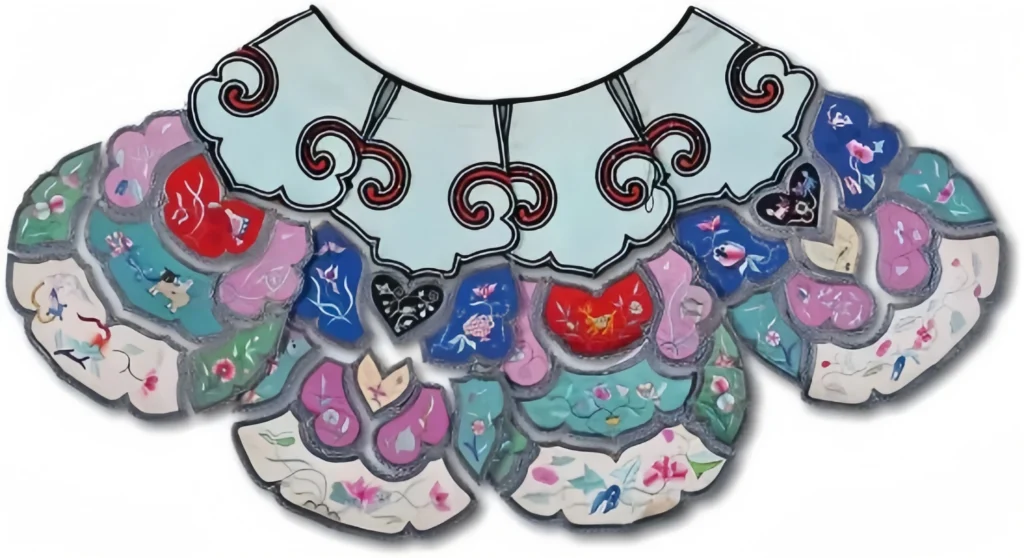
The world of ancient Chinese clothing, particularly Hanfu, is a vibrant tapestry of colors and patterns that go beyond aesthetics. Hanfu symbolism weaves cultural values, social hierarchies, and timeless aspirations into every thread. From the auspicious red to intricate dragon motifs, each element tells a story. Let’s dive into the cultural significance of colors and patterns in traditional Chinese attire.
The Cultural Depth of Colors in Hanfu Symbolism
In ancient China, clothing colors were carefully chosen to reflect deep meanings, social status, and emotions. Hanfu symbolism in colors wasn’t just about beauty—it conveyed messages about the wearer’s role and the occasion.
Understanding the symbolism of colors and patterns in different dynasties helps you wear Hanfu more respectfully
Qin and Han Dynasties: The Foundations of Color Symbolism
During the Qin and Han Dynasties, black, red, and yellow dominated. Black signified solemnity, often worn for serious occasions. Red, a cornerstone of Chinese culture, symbolized joy and prosperity, making it a staple for weddings. Yellow, reserved for emperors, embodied imperial authority. According to the Metropolitan Museum of Art, these colors were strictly regulated to reflect hierarchy.
Tang and Song Dynasties: A Burst of Elegance
The Tang and Song eras introduced vibrant hues like green, blue, and white. Green represented peace and vitality, often favored by poets. Blue evoked the calm of the sky, used in formal settings. White symbolized purity, common in scholarly gatherings. These choices reflected the prosperity of the time, as noted in historical texts from China Daily.
Ming and Qing Dynasties: Opulence in Color
By the Ming and Qing Dynasties, colors grew luxurious. Nobles wore gold and royal blue to showcase power, while commoners embraced red for celebrations. Purple, symbolizing dignity, was popular among officials. Hanfu symbolism in these colors highlighted social distinctions and cultural richness.
Colors and Their Meanings
Red: A cornerstone of Chinese culture, red symbolizes joy, prosperity, and good fortune. Worn during weddings and festivals, red clothing radiates warmth and celebration, spreading blessings and happiness.
Yellow: Reserved for royalty, yellow embodied power and prestige, carrying a sacred aura of imperial authority. Royals and nobles wore yellow to highlight their exalted status.
Green: Symbolizing peace, hope, and vitality, green was linked to the refined emotions of scholars and poets, often used to represent beauty and elegance.
Purple: A symbol of mystery and elegance, purple was common in noble and official attire, emphasizing dignity and honor.
Blue: Representing nobility and grace, blue evoked the calm of the ocean and sky. It was a staple in formal settings like ceremonies and banquets, conveying serenity and sophistication.
White: Symbolizing purity and refinement, white was used in rituals, funerals, and scholarly gatherings. Scholars in white robes expressed their lofty ideals and pursuit of virtue.
Black: Associated with mystery and solemnity, black was worn during funerals to express grief and respect. Its deep hue invited reflection on life’s meaning and value.

The Secrets of Patterns in Ancient Clothing
In ancient times, particularly during the era of the Three Sovereigns and Five Emperors, clothing patterns were governed by strict rules reflecting social status and hierarchy. Hanfu patterns carried profound cultural significance, revealing a person’s rank and background. So, what do these beautiful designs mean? Let’s uncover their symbolism.
Plant Patterns
Melon and Vine: Melons symbolized abundance and a happy life, while their vines represented fertility and a thriving family. Often embroidered on women’s clothing, these patterns wished for many children and prosperity.

Grape: With its clustered, seed-filled fruits, grape patterns signified fertility and a large family, a popular motif for blessings of abundance.
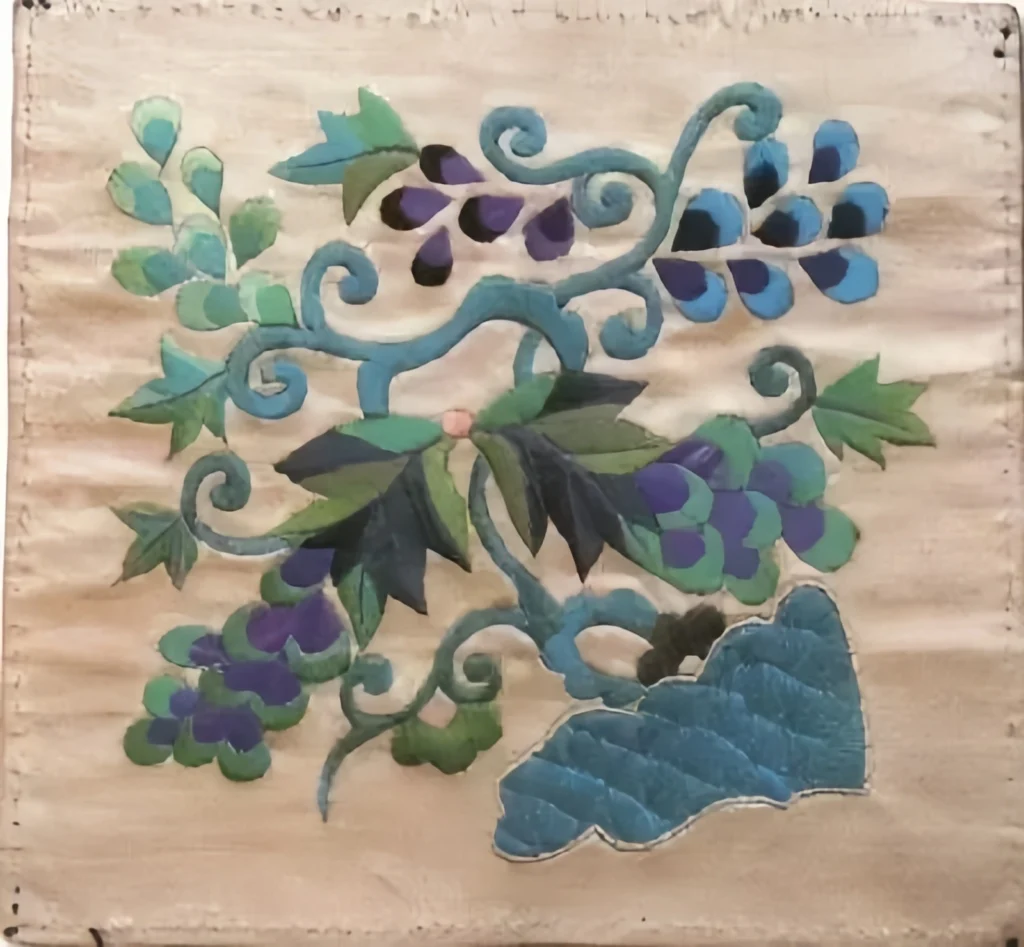
Gourd: Common in wedding attire, gourds symbolized a harmonious marriage and many offspring, often described as “gourds for generations” due to their numerous seeds.

Lotus: The lotus, with its many seeds and homophonic link to “continuous” (lian), symbolized wishes for many children and prosperity.
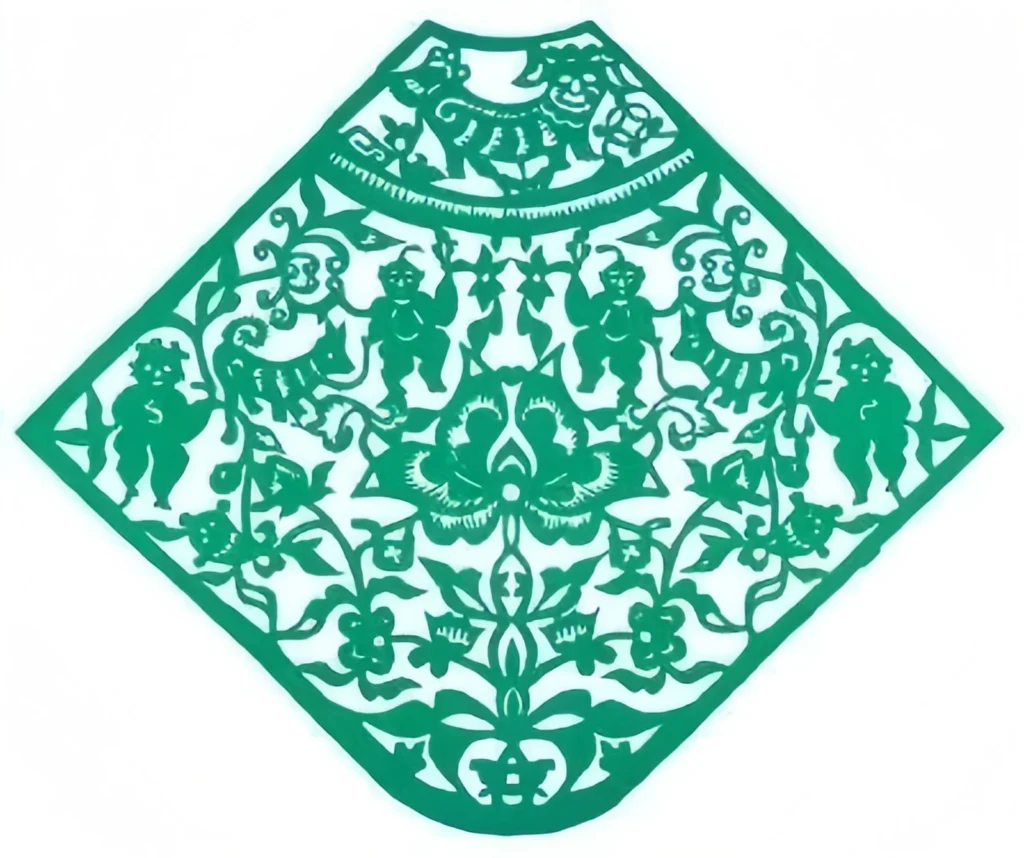
Peony: Known as the “king of flowers,” peony patterns represented wealth and prosperity. Popular in Tang Dynasty clothing for their luxurious and elegant appeal, they expressed aspirations for a beautiful life.
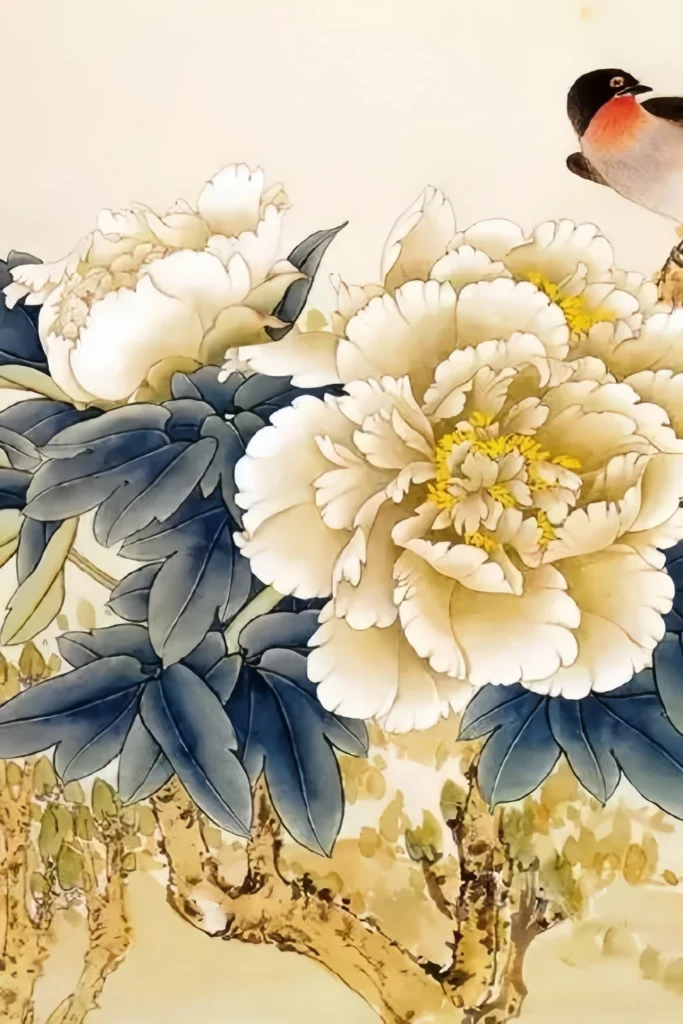
Animal Patterns
Dragon: As a totem of the Chinese nation, dragon patterns held a central place in ancient clothing. They symbolized imperial power, strength, and wisdom. Dragons were exclusive to royalty, and even theatrical costumes used a “python” version with one fewer claw.
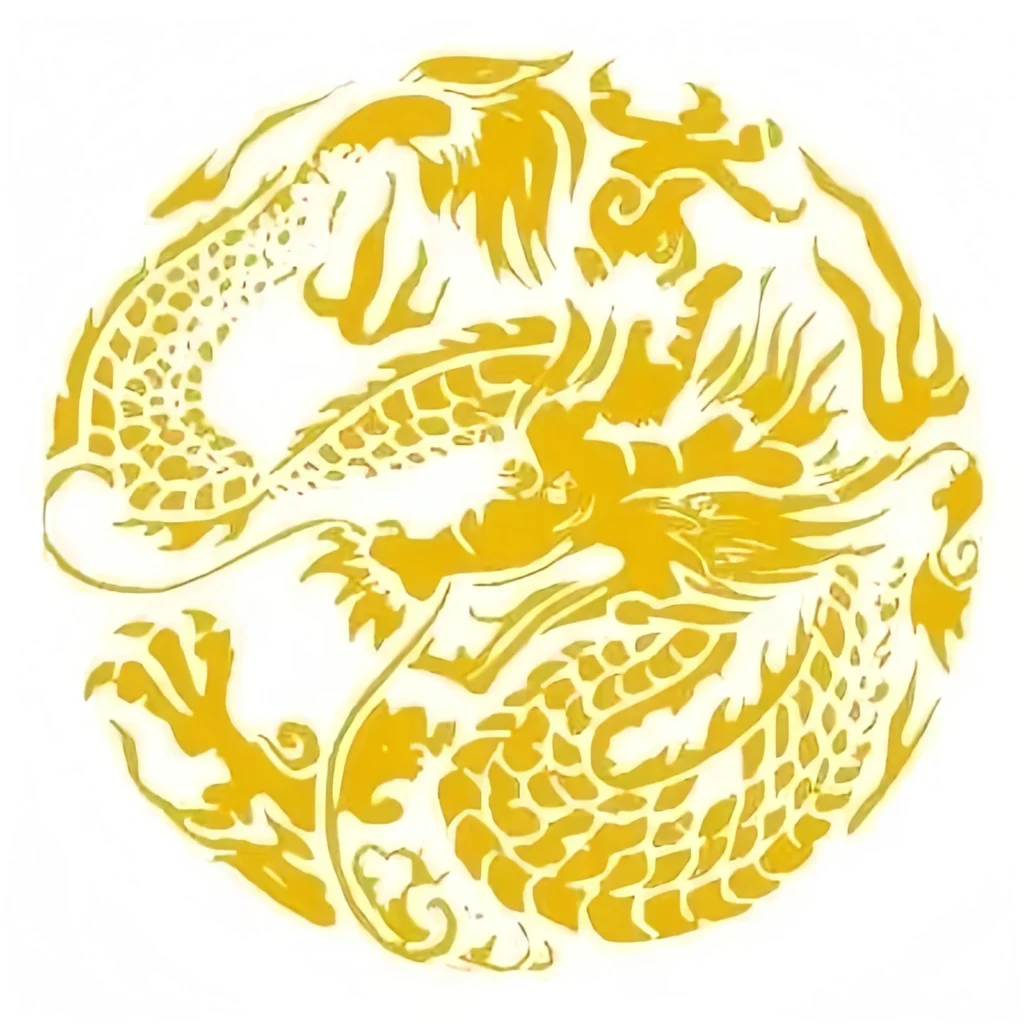
Phoenix: With its vibrant and graceful form, the phoenix symbolized good fortune and harmony. Legend tells of a humble bird that saved others during a drought, earning beautiful feathers as a gift, making it a symbol of nobility and kindness. Phoenix patterns were used in festive settings to convey joy.
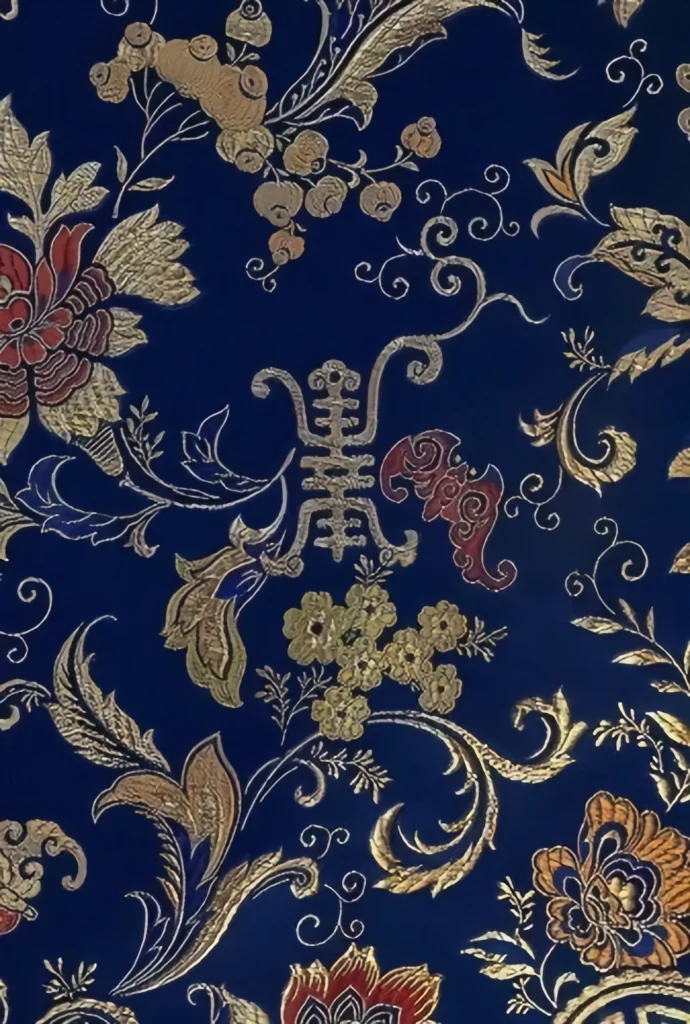
Lion: Introduced from Central Asia during the Han Dynasty, lions were seen as the king of beasts, capable of intimidating other animals. They were revered as auspicious creatures in Chinese culture.

Tiger: Legend holds that Emperor Qin Shi Huang declared the tiger the king of the mountains, believed to ward off evil. Tiger patterns symbolized power and protection.
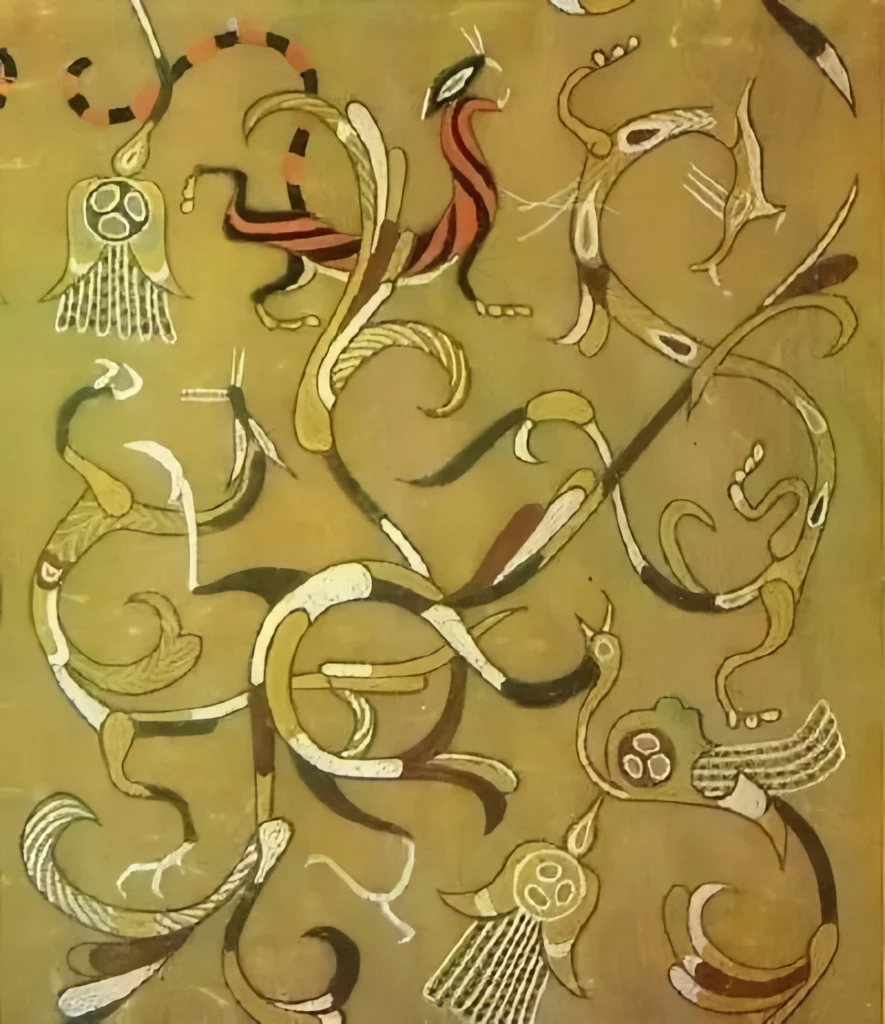
Horse, Bee, and Monkey (Instant Nobility): This playful pattern used a horse, bee, and monkey to metaphorically wish for swift promotion to high office.
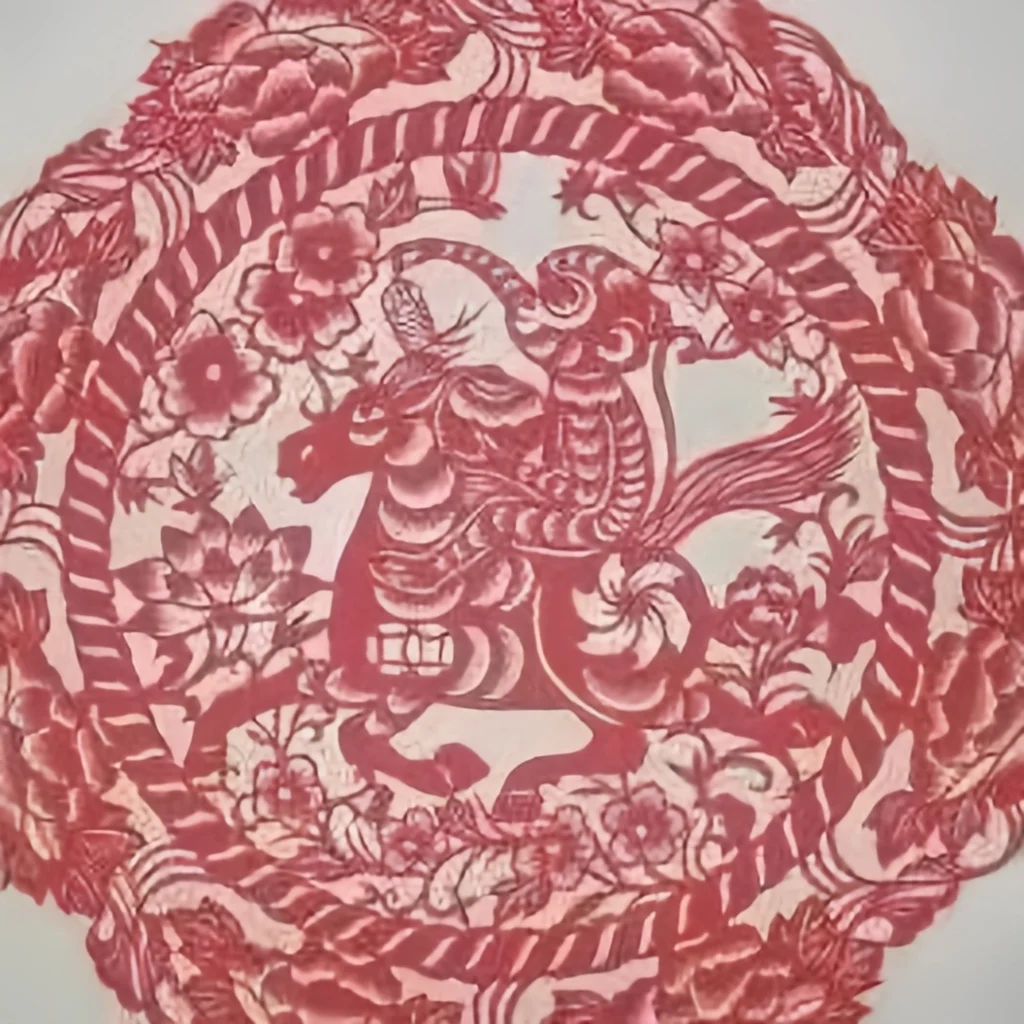
Bat: Bat patterns symbolized happiness and good fortune due to the homophonic link between “bat” (fu) and “happiness.” A popular choice for weddings and celebrations, they conveyed wishes for a joyful life.

Human and Symbolic Patterns
Magpie Offering Longevity: Magpie, a mythical fairy often depicted as an 18- or 19-year-old girl who witnessed the sea turn into mulberry fields three times, was a popular motif for women’s birthday celebrations, symbolizing longevity.
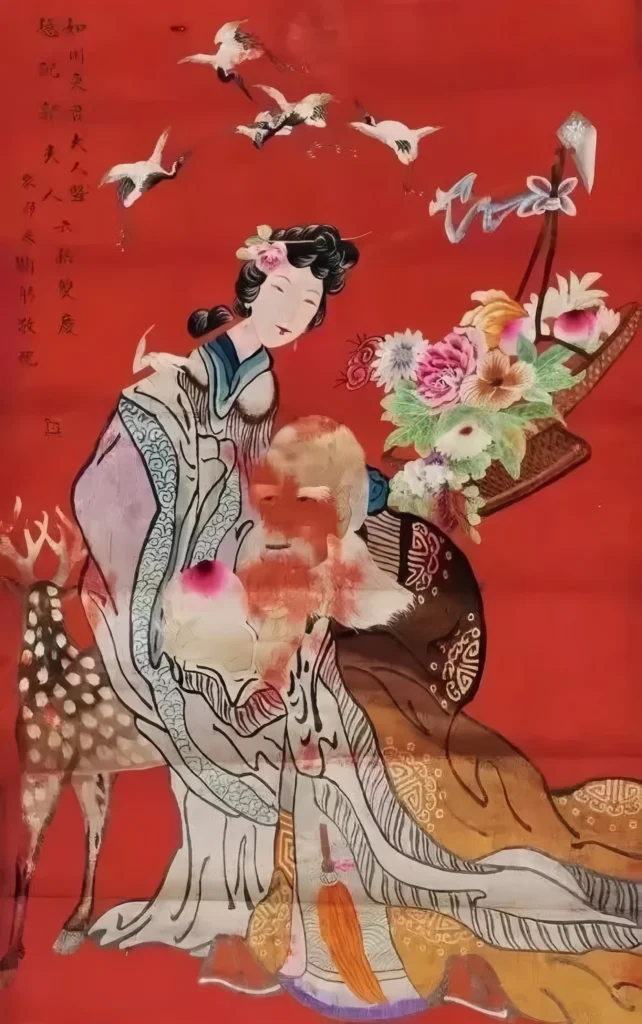
Eight Immortals: Featuring Zhang Guolao, Lü Dongbin, Han Xiangzi, Lan Caihe, He Xiangu, Li Tieguai, Cao Guojiu, and Han Zhongli, the Eight Immortals were used in birthday celebrations, either as figures or their symbolic items, known as the “Eight Immortals’ Birthday Wishes” or “Hidden Eight Immortals.”

Ruyi (As You Wish): The ruyi, an auspicious object, was used in clothing patterns to express good wishes. Ruyi designs showcased elegance and optimism, reflecting a positive outlook on life.

Conclusion
The colors and patterns of ancient Chinese clothing are not only visually stunning but also rich in cultural meaning and societal values. They tell timeless stories of beauty, aspiration, and tradition, connecting us to the past through their vibrant designs and enduring symbolism.
Why Hanfu Symbolism Matters Today
Hanfu symbolism connects us to ancient Chinese values, where colors and patterns told stories of joy, power, and hope. Today, Hanfu enthusiasts revive these traditions, wearing red for celebrations or peony-embroidered robes for elegance. By understanding these meanings, we can appreciate the cultural depth of traditional Chinese attire. Explore modern Hanfu designs at Ehanfu Shop. to see how these symbols live on. For a deeper understanding of Hanfu’s historical evolution across dynasties like Qin, Han, Tang, and Song.
In conclusion, Hanfu symbolism in colors and patterns is a window into China’s cultural heritage. From the imperial yellow to the protective tiger, each element carries centuries of meaning. Whether you’re a Hanfu enthusiast or a curious learner, these vibrant designs invite you to explore the beauty and stories of ancient Chinese clothing.


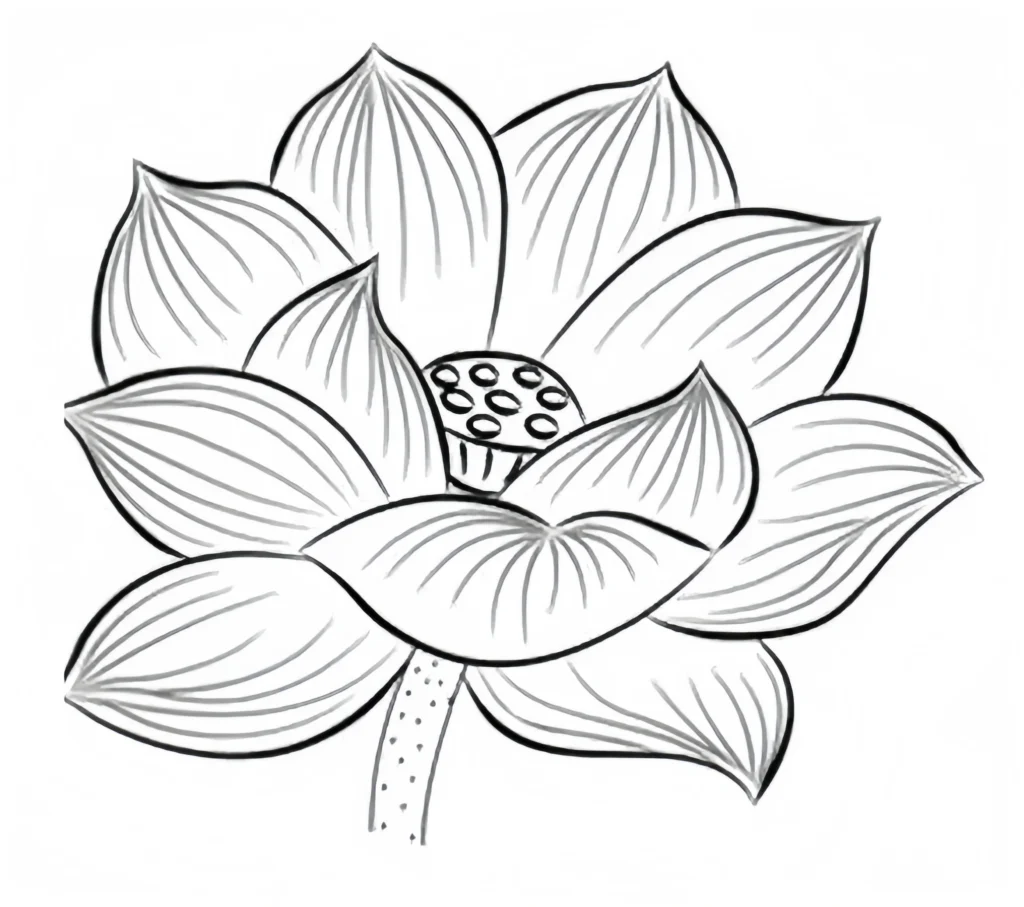

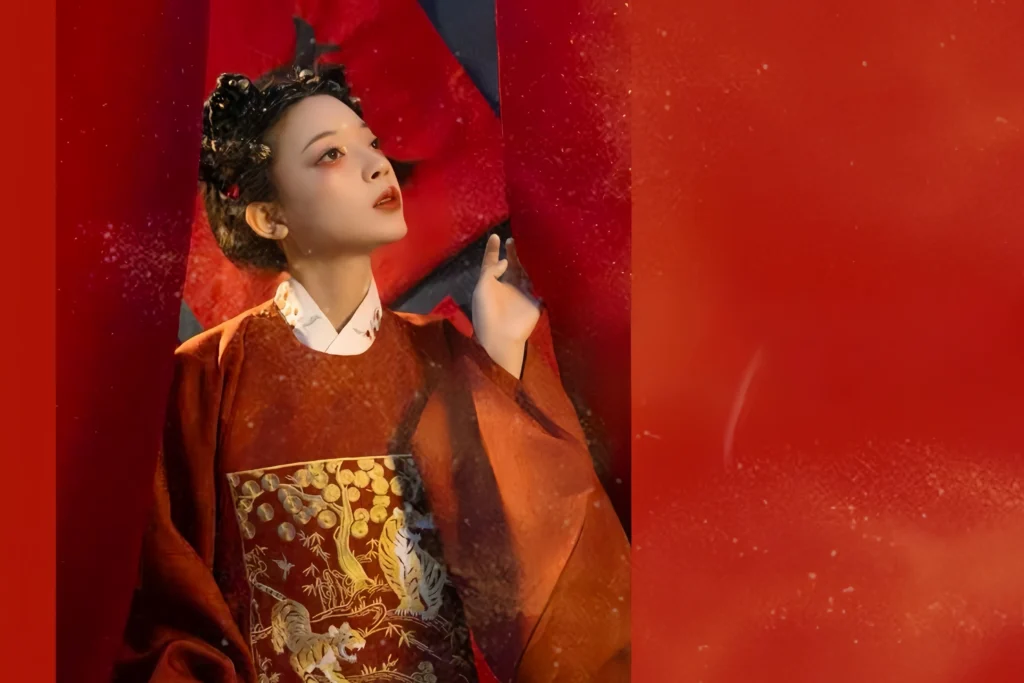
Responses